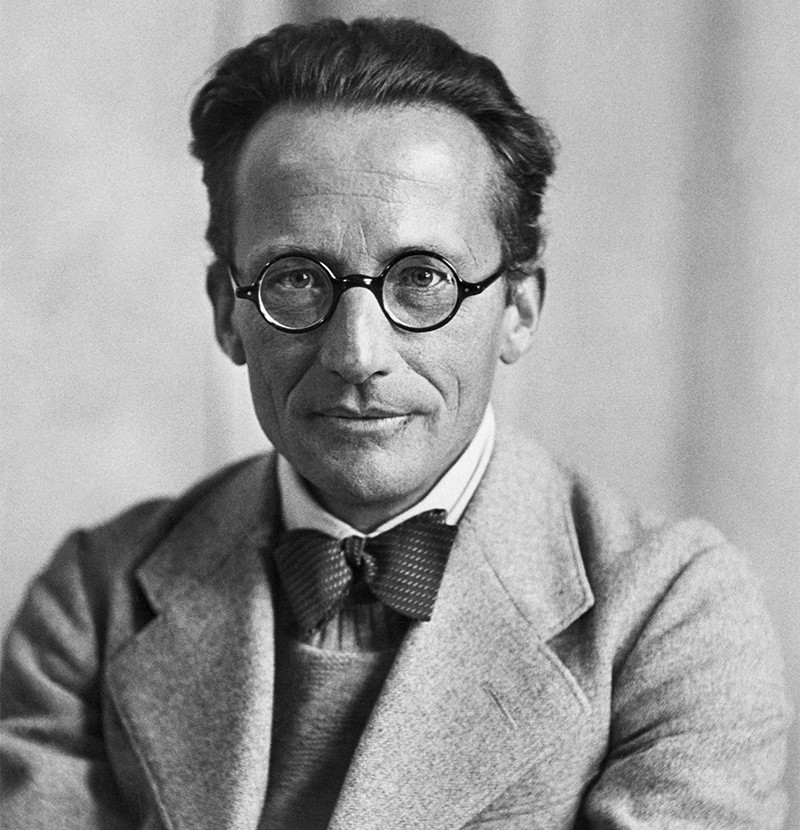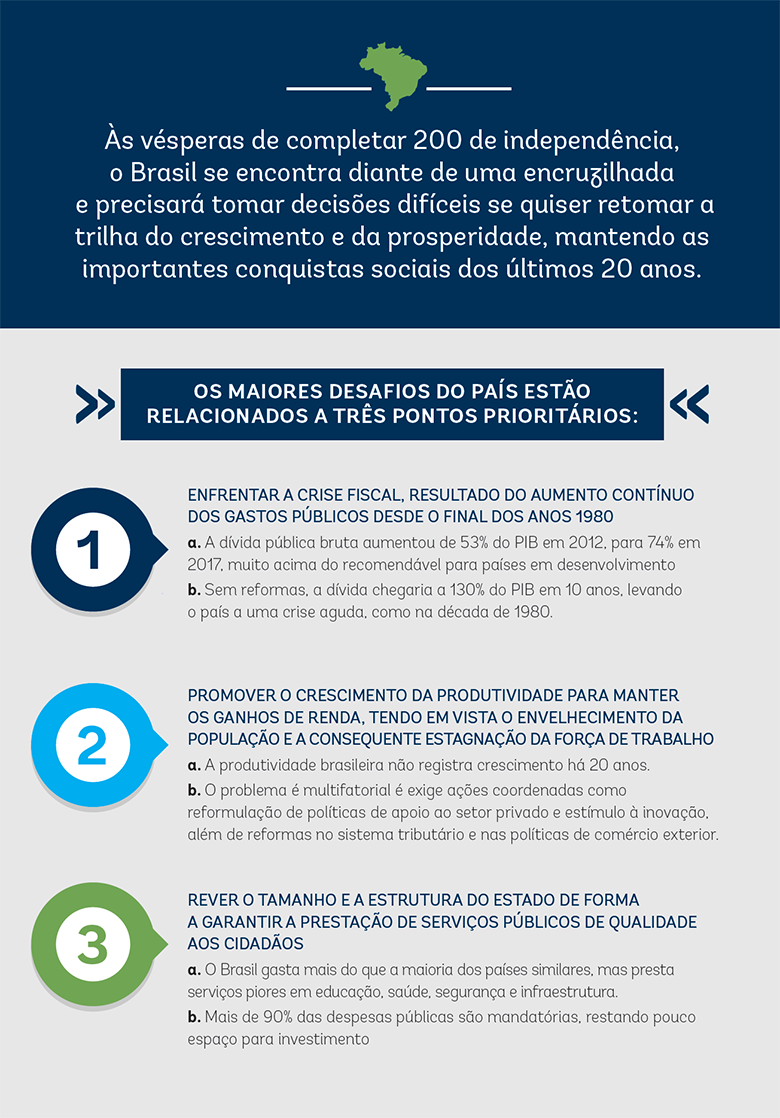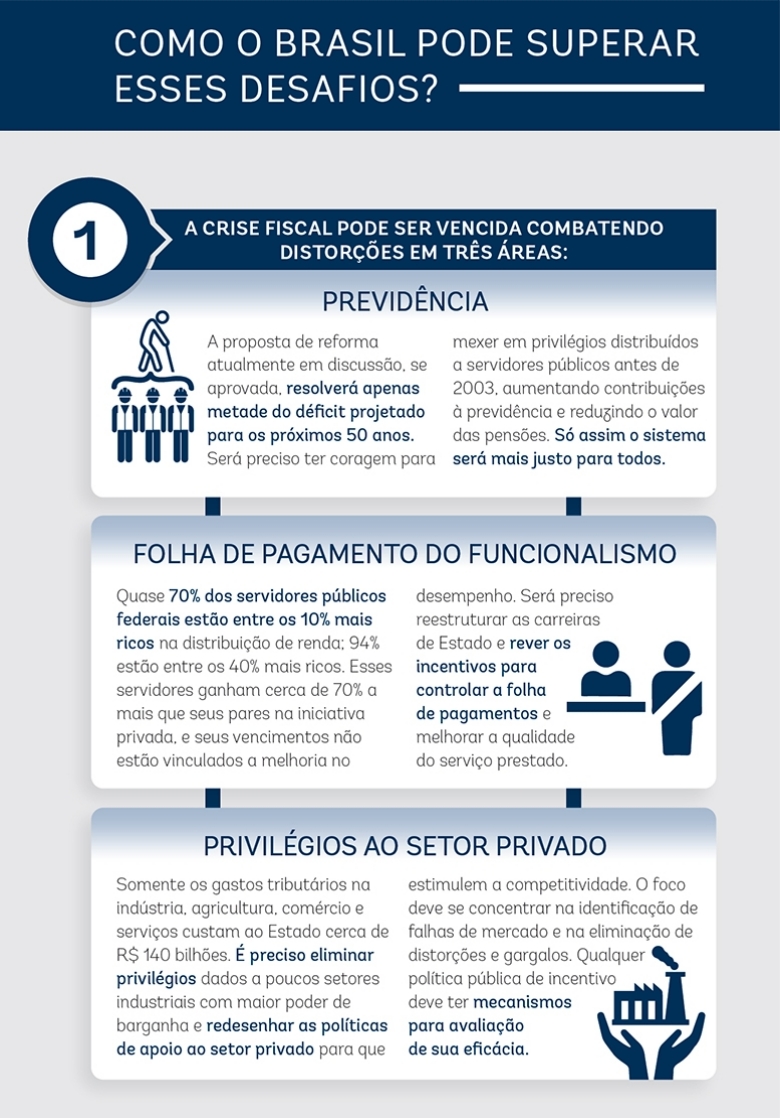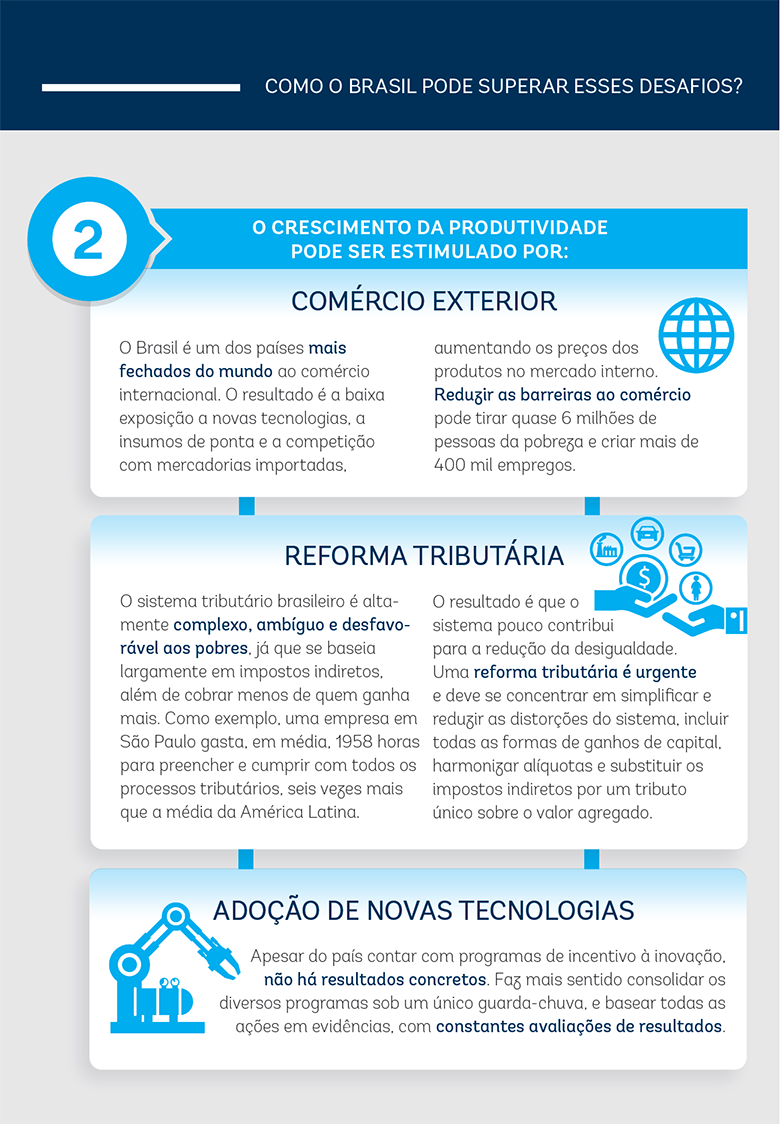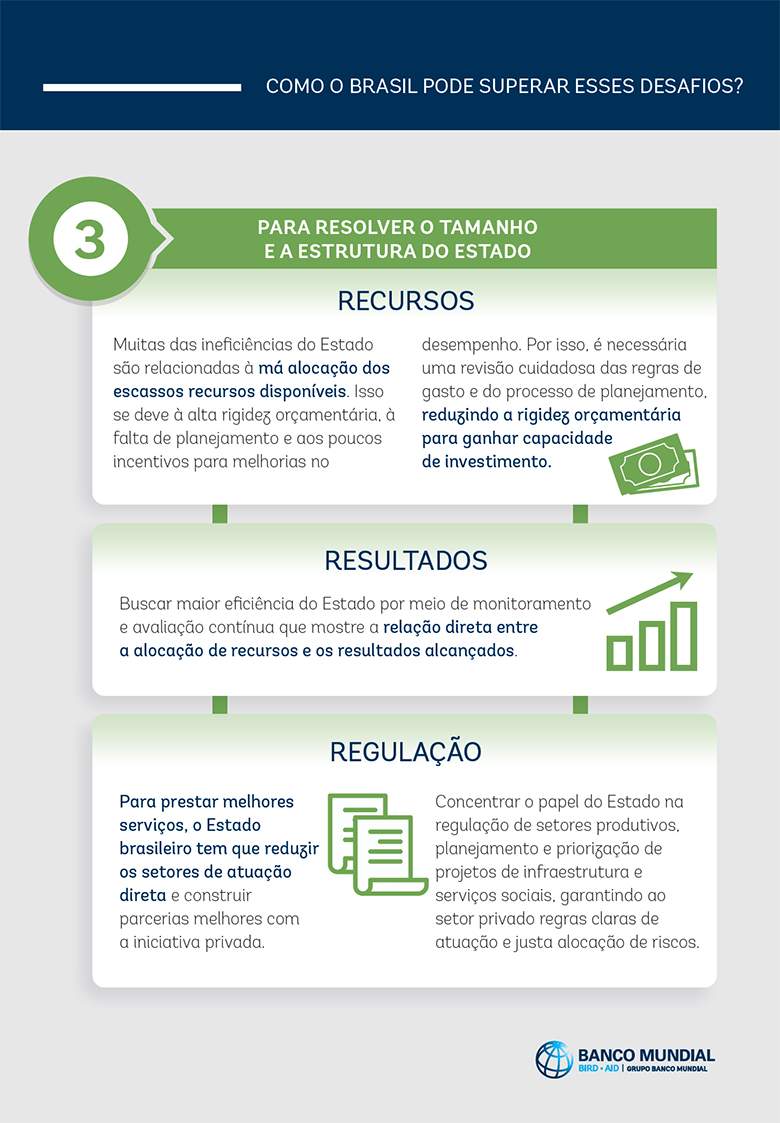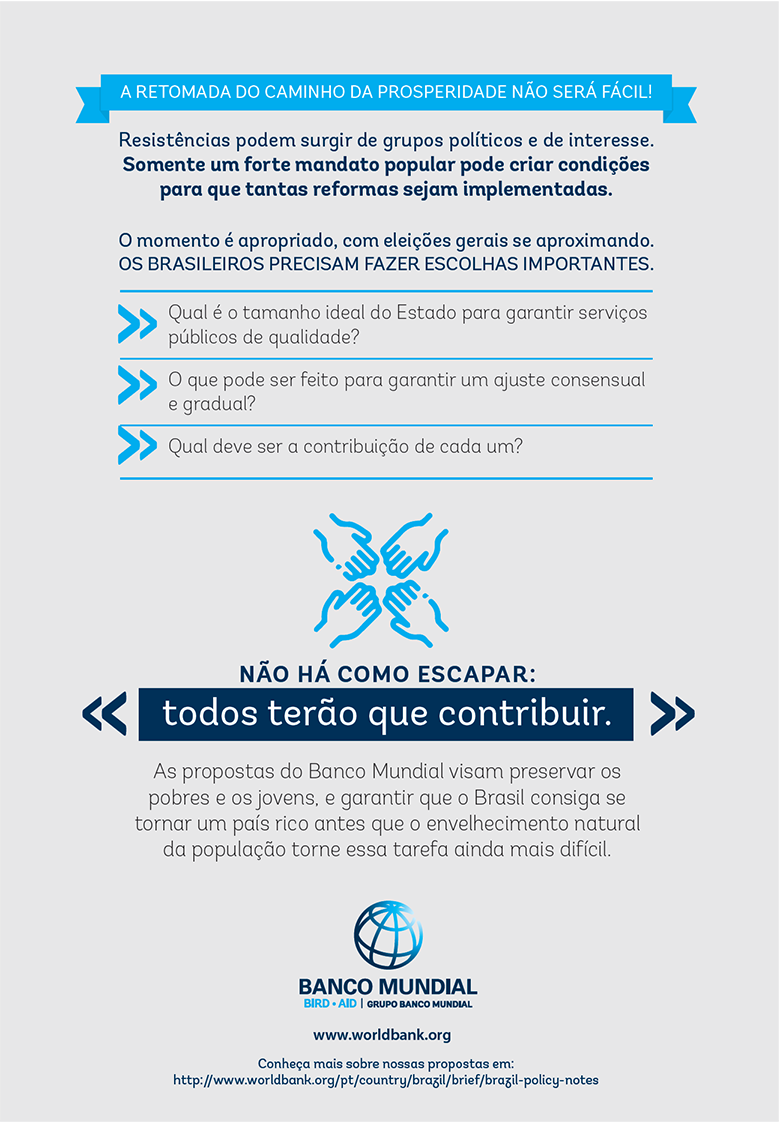August 31, 2018
Crossing the Global Health Care Quality ChasmA Key Component of Universal Health Coverage
JAMA. Published online August 31, 2018. doi:10.1001/jama.2018.13696
Despite years of investment and research, the quality of health care in every country is much worse than it should be. Problems range from disrespect of people when they are interacting with the health care system, to preventable mistakes and harm, to high rates of incorrect and ineffective treatment.
Among low- and middle-income countries (LMICs) the exact burden of poor quality is difficult to quantify because of a dearth of data, lack of standard metrics, and insufficient research on quality interventions. But new estimates suggest that globally between 5.7 and 8.4 million people die every year from poor-quality care in LMICs.1 These deaths, plus disabilities from poor-quality care, account for lost productivity totaling an estimated $1.4 trillion to $1.6 trillion dollars annually.1
